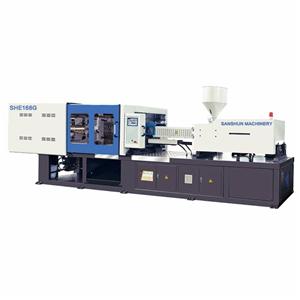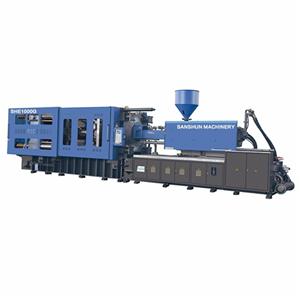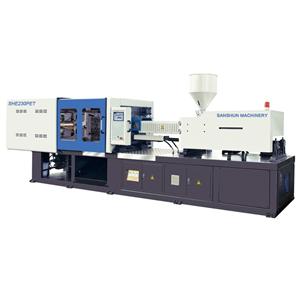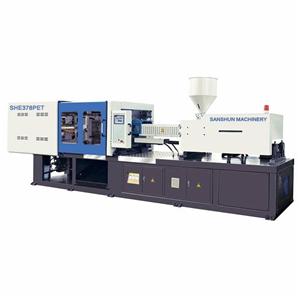- Home
- >
- News & Resources
- >
- Our Blog
- >
- What issues should be paid attention to in the pre-plasticization stage?
1. Screw speed
1. The melting of plastic is mainly caused by the heat generated by the rotation of the screw, so if the screw speed is too fast, the following effects will be caused:
• Thermal decomposition of plastics;
• Shorten glass fiber (fiber reinforced plastic);
• The screw or heating cylinder wears faster.
2. The speed setting can be measured by the size of its circumferential screw speed: Circumferential screw speed n (rotation speed) * d (diameter) * π (circumferential screw speed)
Generally, for low-viscosity plastics with good thermal stability, the circumferential speed of the screw rod can be set to about 1m/s, but for plastics with poor thermal stability, it should be as low as about 0.1.
3. In practical applications, we can reduce the screw speed as much as possible so that the rotating feed can be completed before the mold is opened.
2. back pressure
1. When the screw rotates and feeds, the pressure accumulated by the melt advancing to the front end of the screw is called backpressure, which can be adjusted by adjusting the return pressure of the injection hydraulic cylinder during injection molding. The back pressure can have the following effects:
• The glue melts more evenly.
• Toner and filler are more evenly dispersed.
• Let the gas exit from the blanking port.
• The metering of incoming materials is accurate.
2. The level of backpressure is determined by the viscosity of the plastic and its thermal stability. Too high backpressure will prolong the feeding time, and the increase in the rotational shear force will easily cause the plastic to overheat. Generally 5~15kg/cm2 is appropriate.
3.loosening
1. After the rod rotates and feeds, the screw is properly retracted to reduce the melt pressure at the front of the screw. This is called loosening and its effect can prevent dripping of the nozzle.
2. Insufficient loosening and retreat will easily cause the main flow channel (SPRUE) to stick to the mold; while too much loosening and retreat can suck in air and cause air marks in the molded product.
4.the correction of plasticization parameters
A. Confirm whether the back pressure needs to be adjusted;
B. Adjust the screw speed to make the measuring time slightly shorter than the cooling time;
C. Confirm whether the measurement time is stable, try to adjust the gradient of the heating ring temperature;
D. Confirm whether there is any dripping in the nozzle, whether pig tails or sticky molds occur in the main runner, and whether the finished product has air marks, etc., and adjust the nozzle temperature or loosening distance appropriately.
5. Multi-stage pressure holding and multi-stage firing rate activities
1. Generally speaking, in the case of not affecting the appearance, the injection should be carried out at a high speed, but it should be carried out at a lower speed before passing through the gate and switching between the holding pressure;
2. The holding pressure should be gradually reduced to avoid too high residual stress in the molded product, which makes the molded product easy to deform.







